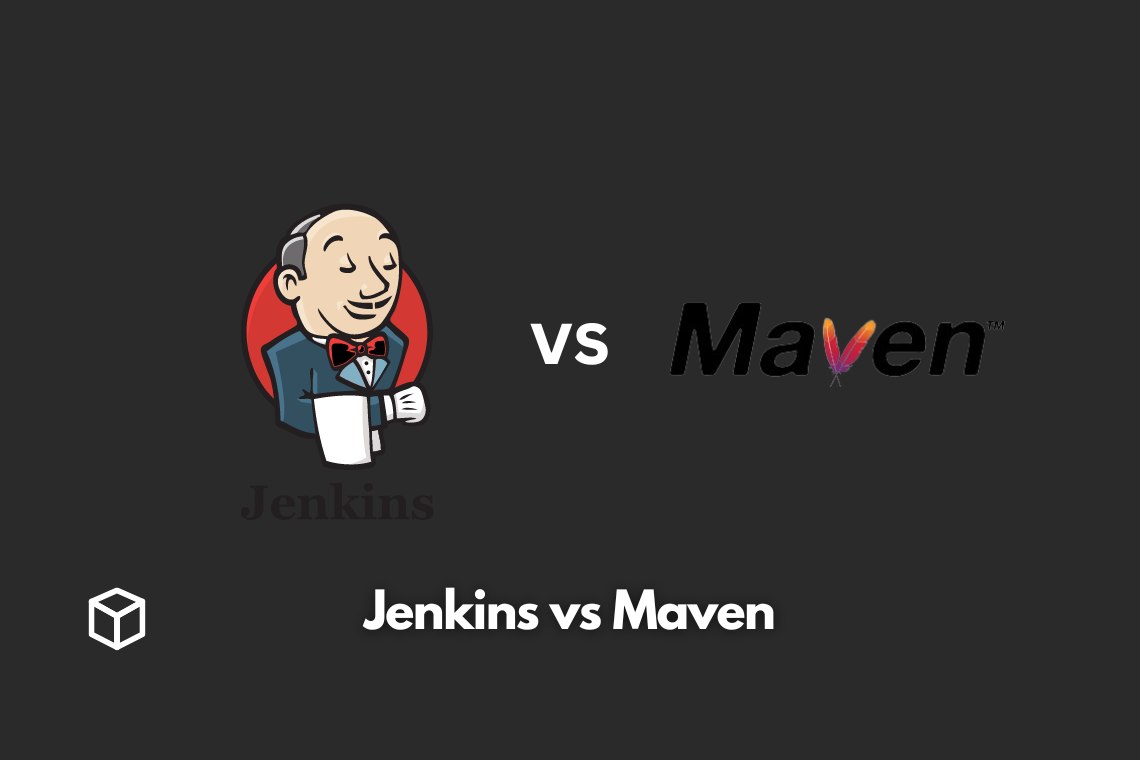Jenkins and Maven are two of the most popular open-source tools used in software development.
Both Jenkins and Maven have their own unique features and use cases, and they are often used together in a software development workflow.
However, there are some key differences between the two tools that developers should be aware of.
In this article, we will compare and contrast Jenkins and Maven, highlighting their key features, use cases, and when to use one over the other.
Jenkins Overview
Jenkins is an open-source automation server that is used for continuous integration and continuous delivery (CI/CD).
It was first released in 2011 and has since become one of the most popular CI/CD tools on the market.
Jenkins is written in Java and runs on a variety of platforms, including Windows, macOS, and Linux.
One of the key features of Jenkins is its plugin-based architecture.
This allows developers to easily extend the functionality of Jenkins by installing and configuring various plugins.
There are over 1,000 plugins available for Jenkins, which can be used to integrate with a variety of tools, such as Git, JIRA, and Slack.
Use Cases for Jenkins
Jenkins is primarily used for continuous integration and continuous delivery.
Continuous integration is the practice of automatically building and testing code changes as soon as they are committed to a version control system.
Continuous delivery is the practice of automatically deploying code changes to a staging or production environment after they have been successfully built and tested.
Jenkins can also be used for other tasks, such as:
- Building and packaging software
- Running automated tests
- Deploying software to different environments
- Monitoring and reporting on the status of builds and deployments.
Maven Overview
Maven is a project management and comprehension tool that is primarily used for building and managing Java-based projects.
It was first released in 2004 and is now one of the most popular build tools for Java.
Maven is written in Java and runs on a variety of platforms, including Windows, macOS, and Linux.
One of the key features of Maven is its dependency management system.
It allows developers to easily manage the dependencies of a project, including transitive dependencies.
Maven also has a built-in build lifecycle, which defines the standard phases of a build.
It makes it easy for developers to understand the build process and customize it as needed.
Use Cases for Maven
Maven is primarily used for building and managing Java-based projects. It can be used to:
- Compile, test, and package code
- Manage dependencies
- Generate project documentation
- Deploy software to a remote repository.
Comparison of Jenkins and Maven
Although Jenkins and Maven are both open-source tools, they have some key differences.
Jenkins is primarily used for continuous integration and continuous delivery, while Maven is primarily used for project management and comprehension.
Similarities between the two tools:
- Both are open-source.
- Both can be used for building and managing projects.
Differences between the two tools:
- Jenkins focuses on continuous integration and delivery, while Maven focuses on project management and comprehension
- Jenkins is written in Java, while Maven is a Java build tool
Situations where one tool may be more appropriate than the other:
- If you are working on a Java-based project, Maven is the best choice for managing dependencies and building the project
- If you need to implement a CI/CD workflow, Jenkins is the best choice for automating the build, test, and deployment process
Conclusion
In this blog post, we have compared and contrasted Jenkins and Maven, two of the most popular open-source tools used in software development.
We have highlighted their key features, use cases, and when to use one over the other.
Jenkins is mostly used for continuous integration and continuous delivery, while Maven is mostly used for project management and comprehension.
Both tools have their own unique strengths and are often used together in a software development workflow.
It is important to note that, although Jenkins and Maven are both open-source tools, they have some key differences.
Jenkins is written in Java and primarily used for continuous integration and continuous delivery, while Maven is a Java build tool, and primarily used for project management and comprehension.
In conclusion, when choosing between Jenkins and Maven, it is important to understand the specific needs of your project and select the tool that best fits those needs.
If you are working on a Java-based project, Maven is likely the best choice, while if you need to implement a CI/CD workflow, Jenkins is likely the better choice.
Additional Resources
- Jenkins official website: https://jenkins.io/
- Maven official website: https://maven.apache.org/
- Jenkins plugins: https://plugins.jenkins.io/
- Maven plugins: https://maven.apache.org/plugins/
We hope this post was informative and helpful in understanding the difference between Jenkins and Maven.
If you have any question or feedback, please leave a comment below.




